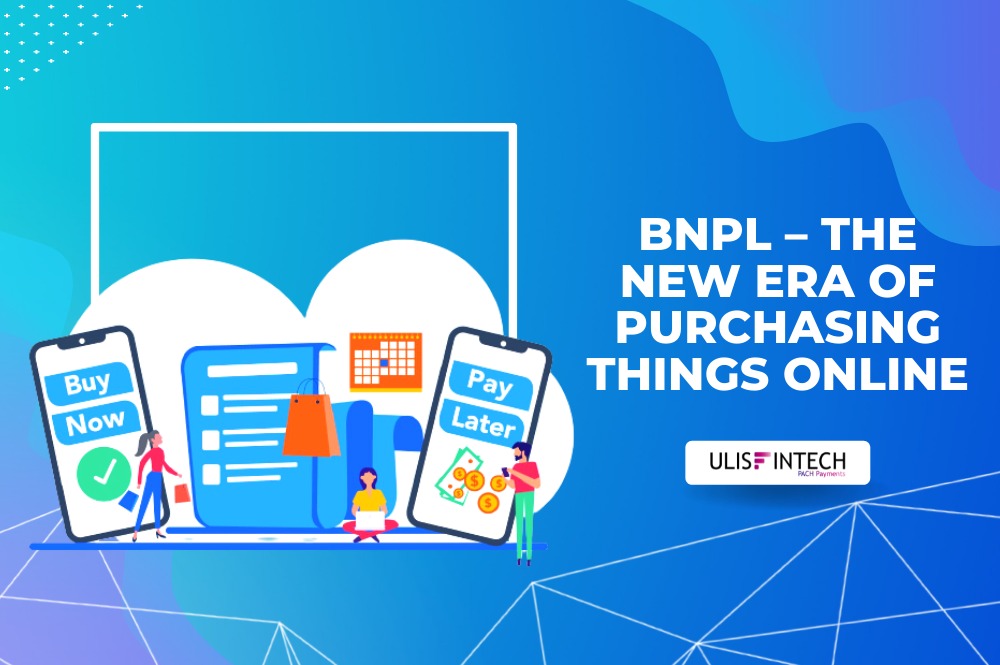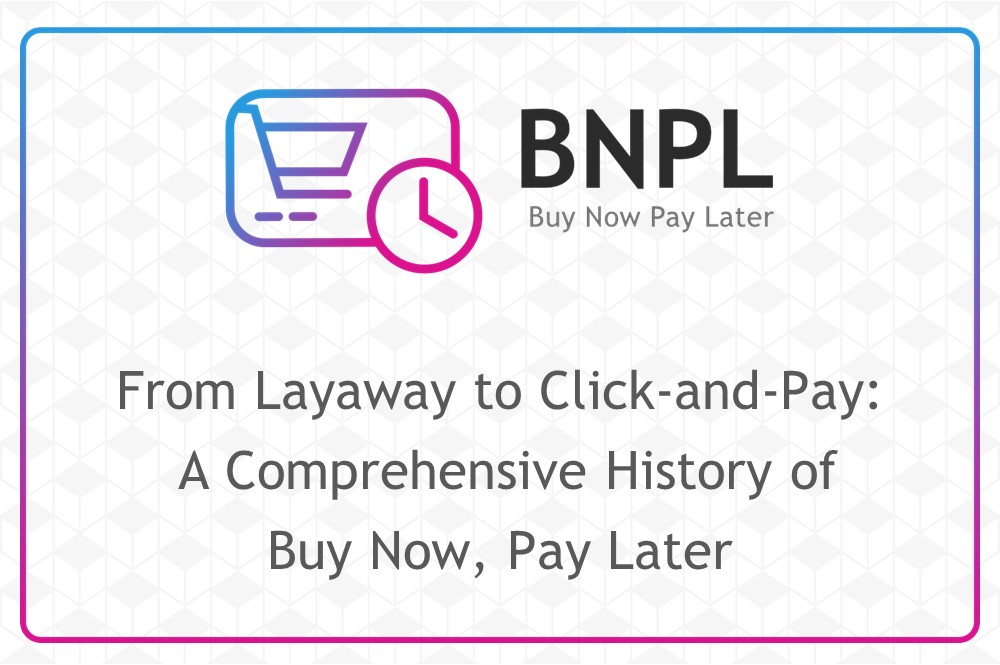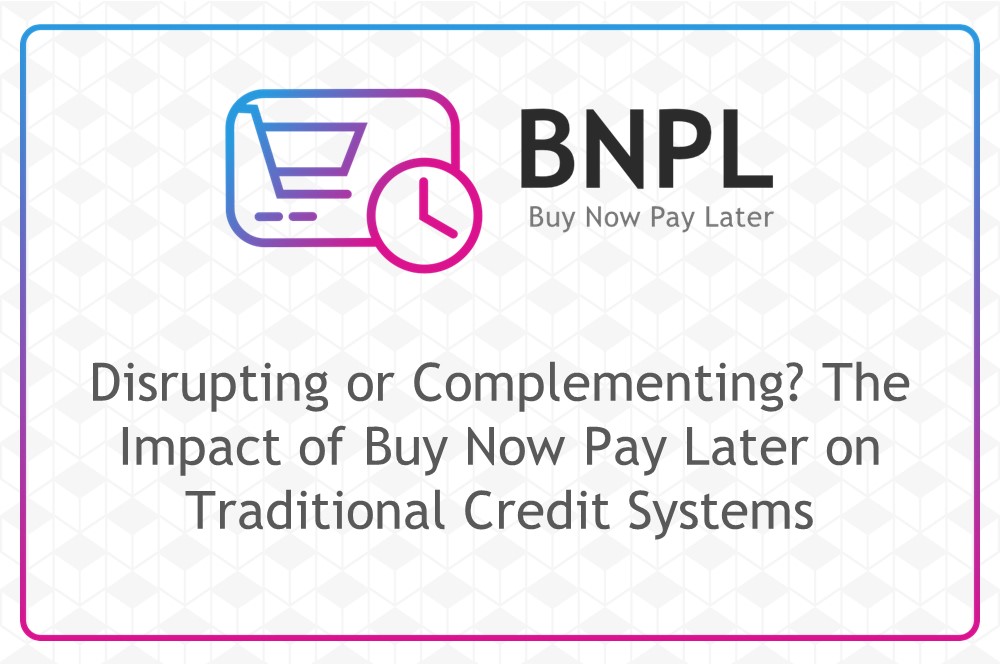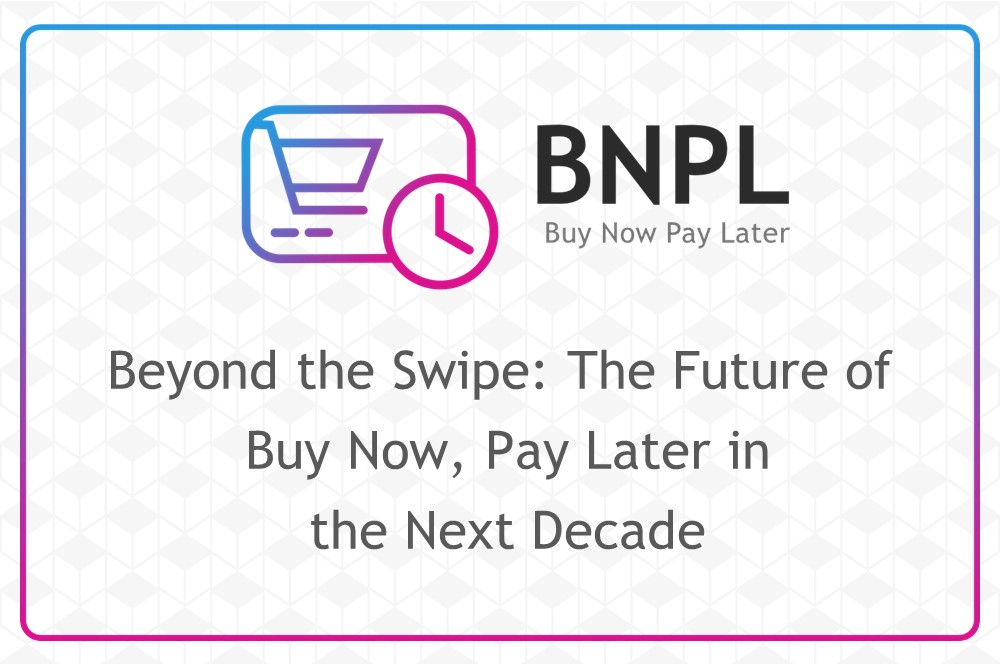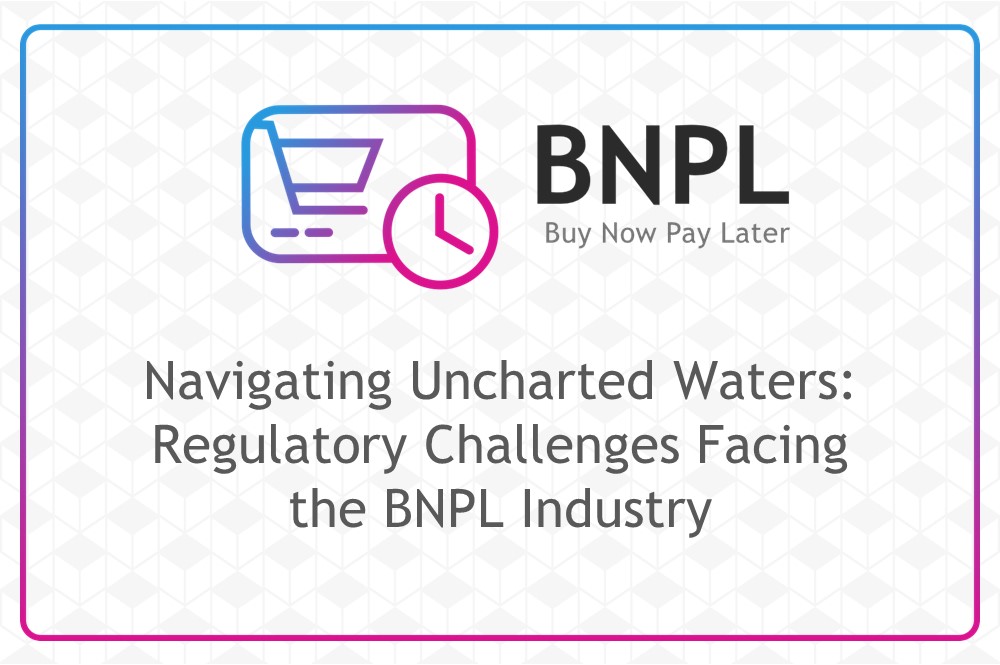The Revolution That Is Upending Consumer Financing - BNPL
May 20, 2022 - 12 MINS READ
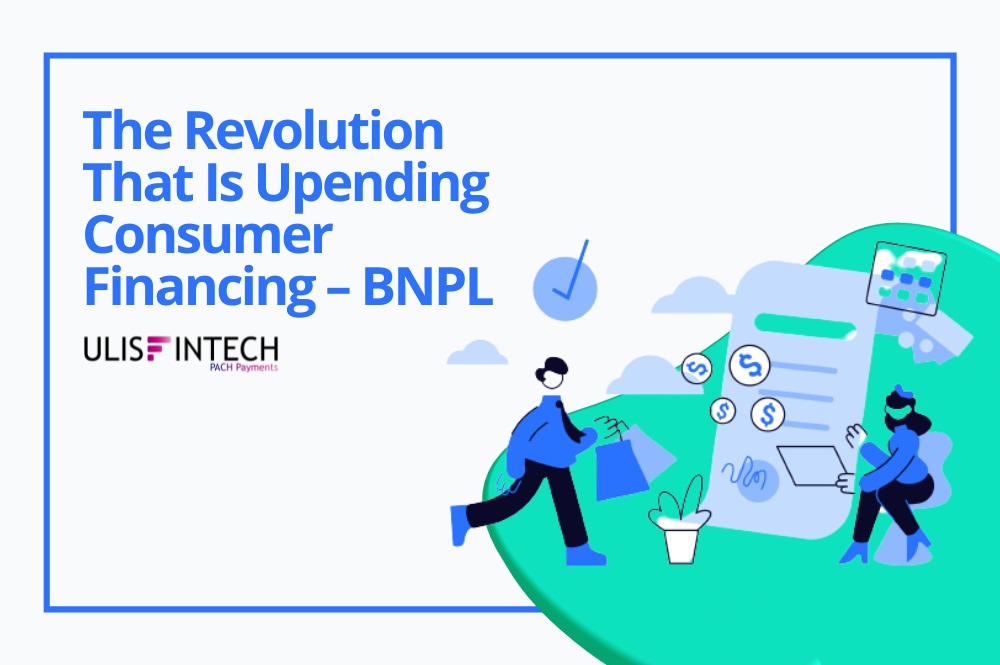
The Revolution That Is Upending Consumer Financing – BNPL
Buy Now, Pay Later (BNPL) solutions are expanding at a 39 percent annual pace and are predicted to top $260 billion by 2025. Klarna, the BNPL unicorn that has flipped the shopping experience on its head, is now the most valuable EU fintech, valued at $45,6 billion. The payment trend has risen in importance in recent years, fuelled by widespread spending by consumers seeking to avoid incurring credit card debt while the economy is uncertain. But the excitement around BNPL's climb to prominence is about far more than pandemic ease. The retail lending paradigm is being overhauled.
FinTech, big tech, and merchants are creating partnerships, and their new, appealing services are causing credit card firms and international payment schemes to reconsider their tactics. What is the state of consumer finance? Who will come out on top in this new game?
We have always loved designing consumer finance solutions for issuers, acquirers, payment switching firms, and digital wallet businesses that generate revenue and satisfy evolving customer expectations at ULIS, a global pioneer in digital payments software.
Common misunderstandings regarding BNPL
Let's look at some frequent misconceptions about BNPL to have a better understanding of what it is.
- Isn't Buy Now, Pay Later just another sort of interest-free POS financing? What's the big deal about it?
Installments at the point of sale are not a new phenomenon, and the properties of POS financing and BNPL overlap. In general, BNPL is essentially a digital financing approach at the point of sale. It provides highly tailored, flexible payment plans with no interest costs for smaller-ticket retail items such as clothing, which are typically repaid in a few weeks. Payment is frequently tied to the customer's debit card rather than a credit card, which is an essential distinction we'll explore later in this article. Unlike traditional POS loans and installment purchases of larger-ticket products, BNPL transactions need minimal credit checks and are typically completed through appealing, user-friendly applications. This makes them extremely popular among millennials and Gen Z customers who lack credit history and have little spending resources. In the United Kingdom, 25% of BNPL users are between the ages of 18 and 24, and half are between the ages of 25 and 36. Along with the growing popularity of digital BNPL channels, more BNPL alternatives are being integrated into in-store checkout. In a nutshell, BNPL is intended to benefit customers who make frequent, minor purchases of less than $500 that will be paid off in a few weeks or months. Since the epidemic, these kinds of purchases have been significantly growing.
- Isn't it true that merchants bear the brunt of BNPL's success? BNPL is taking advantage of them since they must pay the provider a high percentage on each purchase.
Although merchants generally pay the BNPL service provider between 1.5 and 6% of the value of each BNPL transaction, they believe that the extra income generated by their collaboration will more than offset the costs. Customers are served a split checkout amount that seems more acceptable through BNPL checkout, whether online or in-store, preventing "sticker shock" that may cause them to rethink the purchase. Customers are also making more purchases. Affirm has shown numbers indicating that adding their BNPL option increases merchant conversions by 20%. According to several estimates, individuals who use BNPL spend 10-40% more than they would with a credit card. According to one study, offering interest-free installments would entice 35% more people to make a purchase.
BNPL also boosts conversions by continuously enhancing the checkout UX. A clunky checkout procedure that necessitates constantly entering data, waiting, and verifying will result in abandoned carts. BNPL checkout, on the other hand, is frequently tailored and adaptable, with data evaluated behind the scenes to generate the most optimum and appealing installment plan for that transaction.
Another merchant benefit that may not be immediately apparent is the enormous advertising possibilities of BNPL applications. Apps like Affirm will collect a profile of a customer's preferences as soon as they register, giving businesses on the app an opportunity to improve brand discovery.
Rather than spending thousands of dollars on generic Facebook and Google advertising that aren't always effective, retailers may gain a free marketing edge by using the BNPL app. The software guarantees that merchants are shown to selected clients as a well-known and well-liked store that corresponds to the customers' interests and preferences. With such instant access to a big marketing audience, businesses can simply put-up tailored deals, such as those for first-time buyers or those making repeat purchases.
- So, what about the clients? BNPL takes advantage of impulsive shoppers and profits from large fines levied against individuals who fail to pay their payments on time.
It may appear that BNPL suppliers profit from helpless shopaholics because the solution allows individuals with the least income to make more purchases than they would otherwise. In reality, governments in several countries have been researching how BNPL has affected spending habits and debt in order to prevent consumer abuse. In its investigation, the Australian Securities and Investments Commission (ASIC) discovered that one in every five surveyed BNPL users had incurred late penalties in addition to installment payments and that 15% had taken out an extra loan to make payments.
However, BNPL providers argue that because their business model is based on the merchant connection for earnings, they do not gain when customers are unable to pay for their goods. In other words, the BNPL provider has already made its money from the business when you finish your purchase, thus there is no motivation for them to impose interest rates or late payment costs. Affirm even takes pleasure in never increasing any of its loan costs, even if payments are late.
In most circumstances, late payment fines apply, while most BNPL providers have grace periods and other systems in place to assist clients in meeting payment targets.
After pay prevents consumers from utilizing its services if they fail to make a payment, it announced in 2021 that 95 percent of its global transactions are paid back on time. It also says that late fines account for less than 14% of the company's revenue. Supporters of BNPL argue that their solutions may be used as a budgeting tool and point to a range of regulations that prevent financial mismanagement.
According to a Klarna representative, they have protections in place to ensure that our products are only given to individuals who can afford them and will be able to make repayments in a sustainable manner without negatively influencing their financial well-being. According to Klarna, less than 1% of orders are forwarded to debt collection agencies, and these are only circumstances when clients could not be reached by the company's personnel. What rules and credit laws will emerge in the BNPL arena in the near future remains to be seen.
- Is BNPL a genuine danger to credit cards? After all, BNPL does not provide incentives, points, miles, or cashback, nor does it assist you in establishing credit.
BNPL sees itself as a more equitable lending model, an appealing option for younger, socially conscious consumers. Lower-income users fund the credit card industry by paying for the significant benefits granted to prime, high-income customers. Middle-class, working-class, and low-income households are more likely to face penalties for using credit cards while obtaining little or no advantages. In contrast, BNPL provides easier and more flexible payment terms as well as cheaper financing to all clients, regardless of whether they have gained prime customer status or have no credit standing at all.
In the previous decade, credit card profitability has seen an intriguing drop. In the United States, the average ROA fell from 5.4% in 2011 to 3.7% in 2018. According to the same report, millennial and Gen Z customers prefer debit over credit, especially when making digital purchases. According to new research, 67 percent of millennials do not have any credit cards. If you think BNPL is only for people who don't qualify for credit cards, consider this: McKinsey reports that roughly 80% of consumers who choose an off-card financing solution to fund their purchase already have a credit card with a credit available for the amount — they just don't choose to spend it.
As we shall see later, credit card companies are realizing that they must adapt their value offer to keep up with the current payment trend, which is proving to be more of a revolution than a trend. Customers are moving away from a punishing paradigm that allows them to redeem reward points only for large expenditures such as airline tickets and hotel rooms. Customers are flocking to the BNPL model after seeing flexible and customized payment solutions for small, everyday purchases, making the lending area a win-win-win situation for banks, merchants, and clients.
EndNote
Perhaps your company concept is to build an entirely new retail world based on your brand and including a galaxy of banks, merchants, consumers, and third-party suppliers. Their technology is entirely mobile, which is the most important client channel in developing nations and reduces reliance on infrastructure. Consumers may buy items from local businesses on delayed payment terms and receive a customized selection of in-app discounts, campaign promotions, and loyalty program invites.
